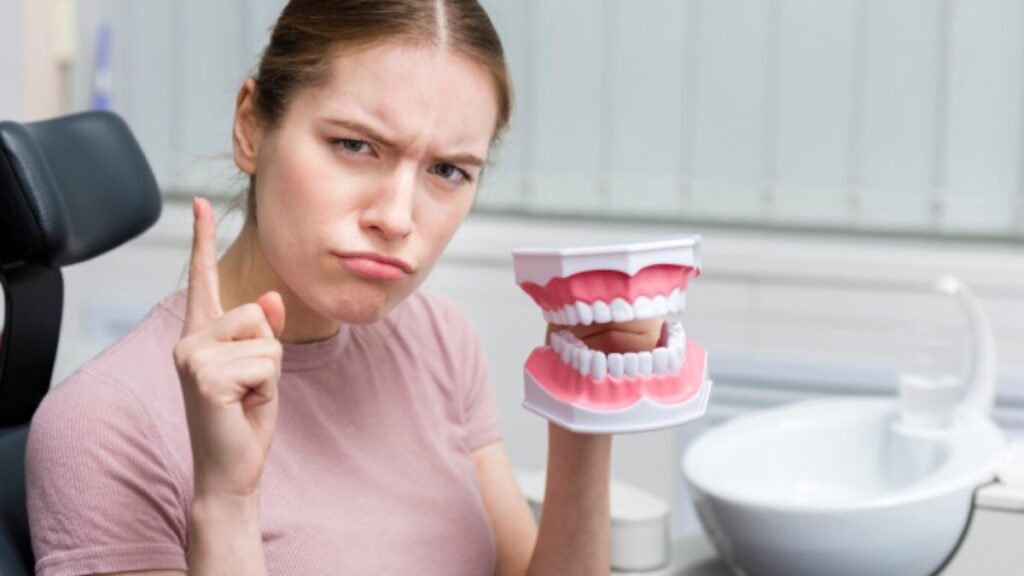Defining a Dental Emergency
Dental emergencies are urgent health concerns involving the teeth, gums, or mouth that demand quick action to alleviate pain, prevent infection, or save a tooth. Unlike minor dental issues that can wait for a routine appointment, certain situations require urgent dental treatment to avoid lasting or serious damage. Surveys indicate tooth pain and oral injuries are among the leading reasons for emergency dental visits. Even individuals who practice good dental hygiene can unexpectedly face situations where swift action matters.
Identifying what counts as a dental emergency helps prevent complications. While not all oral discomfort calls for an emergency response, intense pain, uncontrollable bleeding, or visible trauma signal the need for immediate evaluation. More than just an inconvenience, these cases can affect nutrition, sleep, and sometimes even overall health. The key is recognizing the red flags so that potentially dangerous problems do not escalate.
Critical Symptoms That Require Immediate Attention
Several symptoms should never be ignored, as they often point to underlying conditions needing swift intervention. Severe, constant toothache that interferes with eating or sleeping might mean an abscess or nerve exposure. Swelling in the gums or jaw, especially if accompanied by fever or difficulty swallowing, suggests an infection that can spread beyond the mouth. Uncontrolled bleeding from an injury or surgical site also requires urgent care to minimize risk. Visible signs, such as a broken or knocked-out tooth, or facial trauma from an accident, need a professional’s assessment—delays can make treatment more difficult and recovery longer.
Common Dental Emergencies and What to Do
Some of the most frequent dental emergencies include broken, chipped, or knocked-out teeth, lost crowns, fillings, and soft tissue injuries. Persistent pain, sudden sensitivity to temperature, or a pimple-like swelling on the gums are signs of infection or abscesses. Mouth injuries are especially common for children and athletes. Recognizing these situations and knowing when to seek help from an office like Logan Dental Care can be crucial. Dental trauma, if not treated quickly, may result in permanent damage or tooth loss.
Research shows that immediate action, such as placing a knocked-out tooth in milk and seeing a dentist within an hour, can improve the chances of saving the tooth. Lost crowns or fillings should be kept safe and brought to the dentist immediately. Persistent swelling or pain after dental work should also be taken seriously, as infections can quickly become severe.
How to Respond Before Professional Help
Prompt, calm action can reduce discomfort and make subsequent care easier. If bleeding, apply gentle pressure with a clean cloth or gauze. For a knocked-out tooth, rinse it gently without touching the root and attempt to place it back in the socket; if this is not possible, keep the tooth moist in milk. Over-the-counter pain relief can be helpful, but aspirin products should be avoided if there is bleeding, as they can increase blood flow. Swelling can often be controlled with a cold compress on the cheek.
Prevention and Long-Term Care
Preventing dental emergencies starts with good oral hygiene, such as brushing and flossing regularly and keeping up with scheduled checkups. To minimize injury risk, avoid biting hard foods and wear a mouthguard during sports. Knowing how to respond to emergencies is equally important, including having your dentist’s contact information readily available and storing emergency supplies at home or in athletic bags.
Paying attention to early symptoms and not postponing treatment for small problems can significantly reduce the risk of escalation.
Trusted Resources on Dental Emergencies
Reliable resources and professional guidance make all the difference when a dental emergency arises. Having information from trusted authorities and dental health organizations helps ensure quick, informed decisions that provide the best outcomes for lasting dental health.







